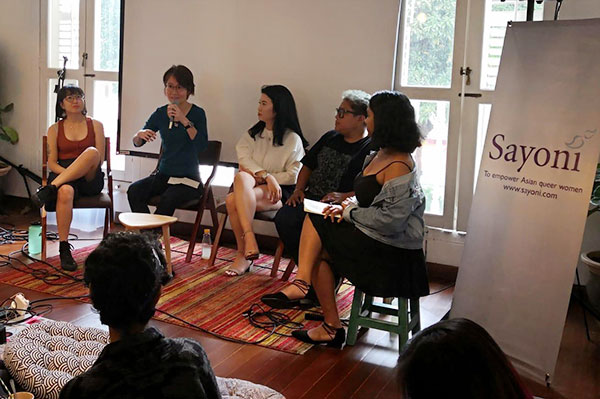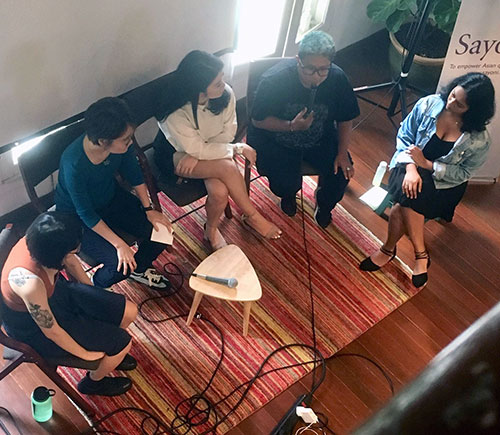And i loved a boy
This picture of a girly one, an androgynous one and a squirrel got me laughing. The squirrel seems to hold a wistful or puzzled look. And the couple appears to be asking the furry animal, “Is it wrong for us to be so happy?” You got to know a bit of my history to know why i had barrels of laughter upon seeing this… When i was with my ex-boyfriend, i called him “Squirrel”.
In the aftermath of the break-up, there are many friends, male and female alike, who told me not to “lose hope”… because some boy will come along someday and whisk me off my feet… and he would be Mr. Right… and that I don’t have to “off-guys” just because i had bad experiences. That was their first response when i told them the next person that i am dating is a girl. I was amused by their reactions. Deeply rooted in their unconsciousness: a girl involved with a boy will not fall for another girl, unless she received deeply etched scars from some male bastard. And deeper than this is the notion that: Lesbian relationships are of second class order.
(It is my fault partially. I never quite explained why i gave up the four year plus relationship I had with Squirrel. Let’s just say that when discontent comes, it is multi-layered and multi-faceted… and using someone’s weak points to break-up is merely a reason in disguise. After all, who’s perfect?)
And then there are close friends (and my mother) who exclaimed in bewilderment, “But you have always been straight!” Straight = physically with someone with the opposite sex? What about the mental aspect? I had my first crush on an androgynous-looking girl when i was 14. Why didn’t i tell anyone? Oh well, blame it on homophobic behavior… since i was not involved with any girl at that time, i didn’t see the benefits of taking the risk.


